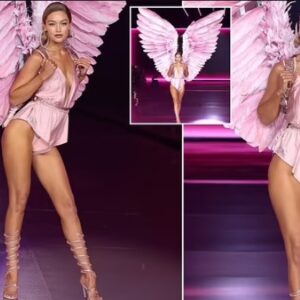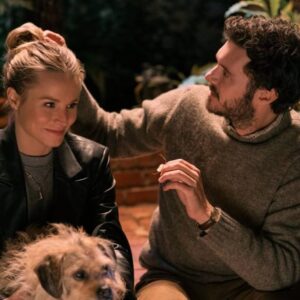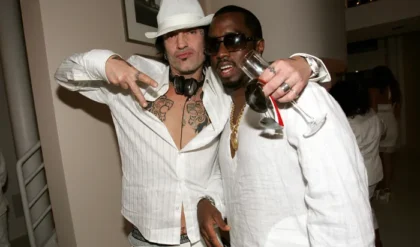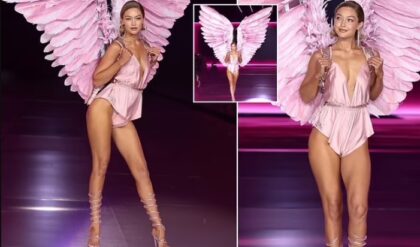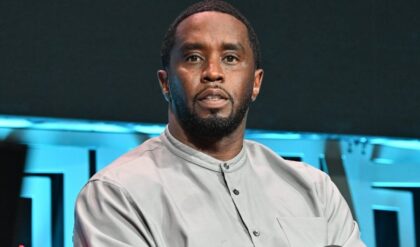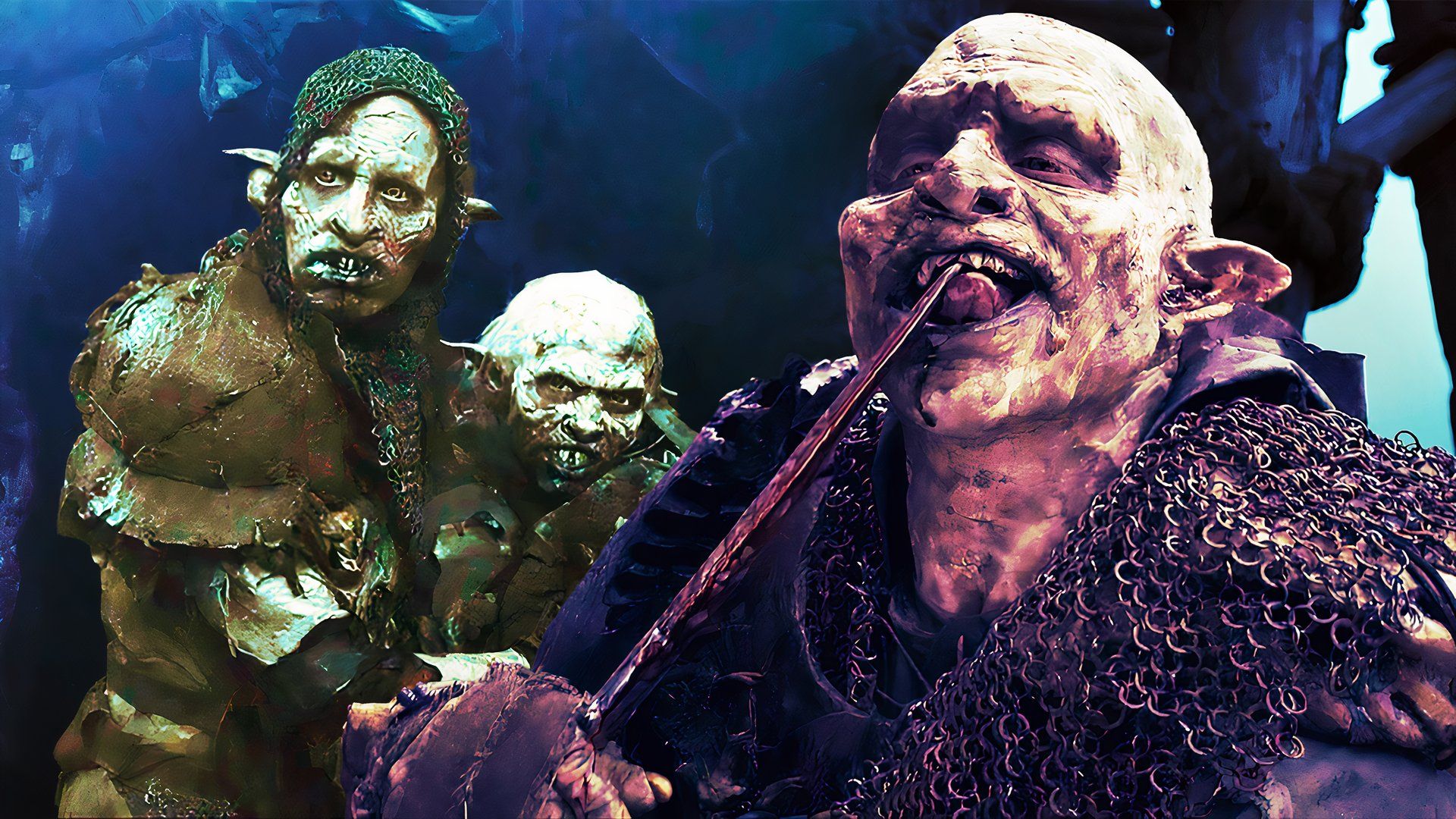
The second season is gradually setting up the story as both Sauron (Charlie Vickers) and Galadriel (Morfydd Clark) seek new allies. Meanwhile, Adar (Sam Azeldine) is gathering the Orcs, whom he considers family, to wage war against Sauron. However, during a sequence in the third episode, “The Eagle and the Sceptre,” The Rings of Power chose to depict an Orc family in a sympathetic light, something previous additions to the franchise had avoided, sparking a major controversy.
The Rings of Power Orcs Controversy, Explained
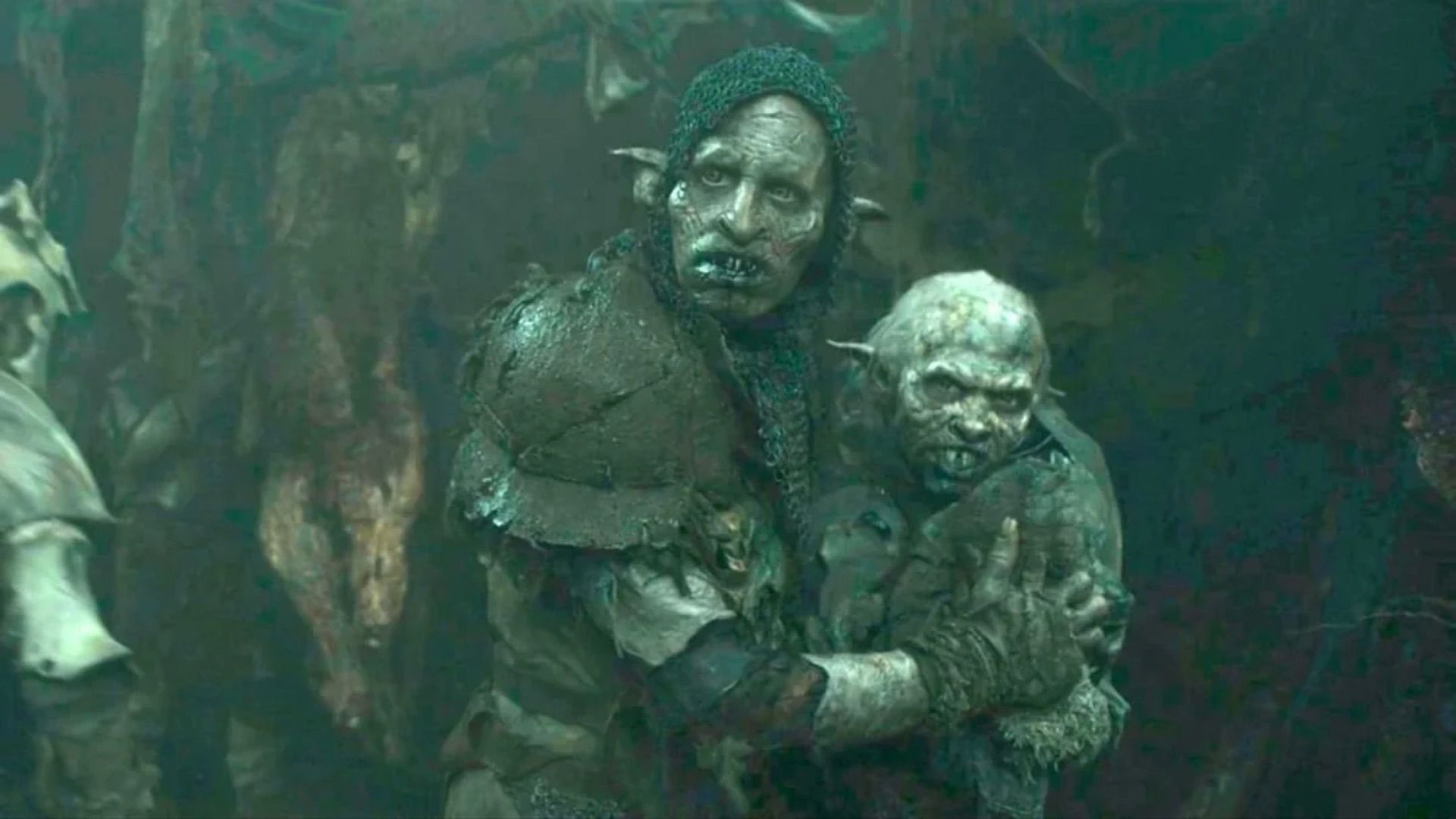
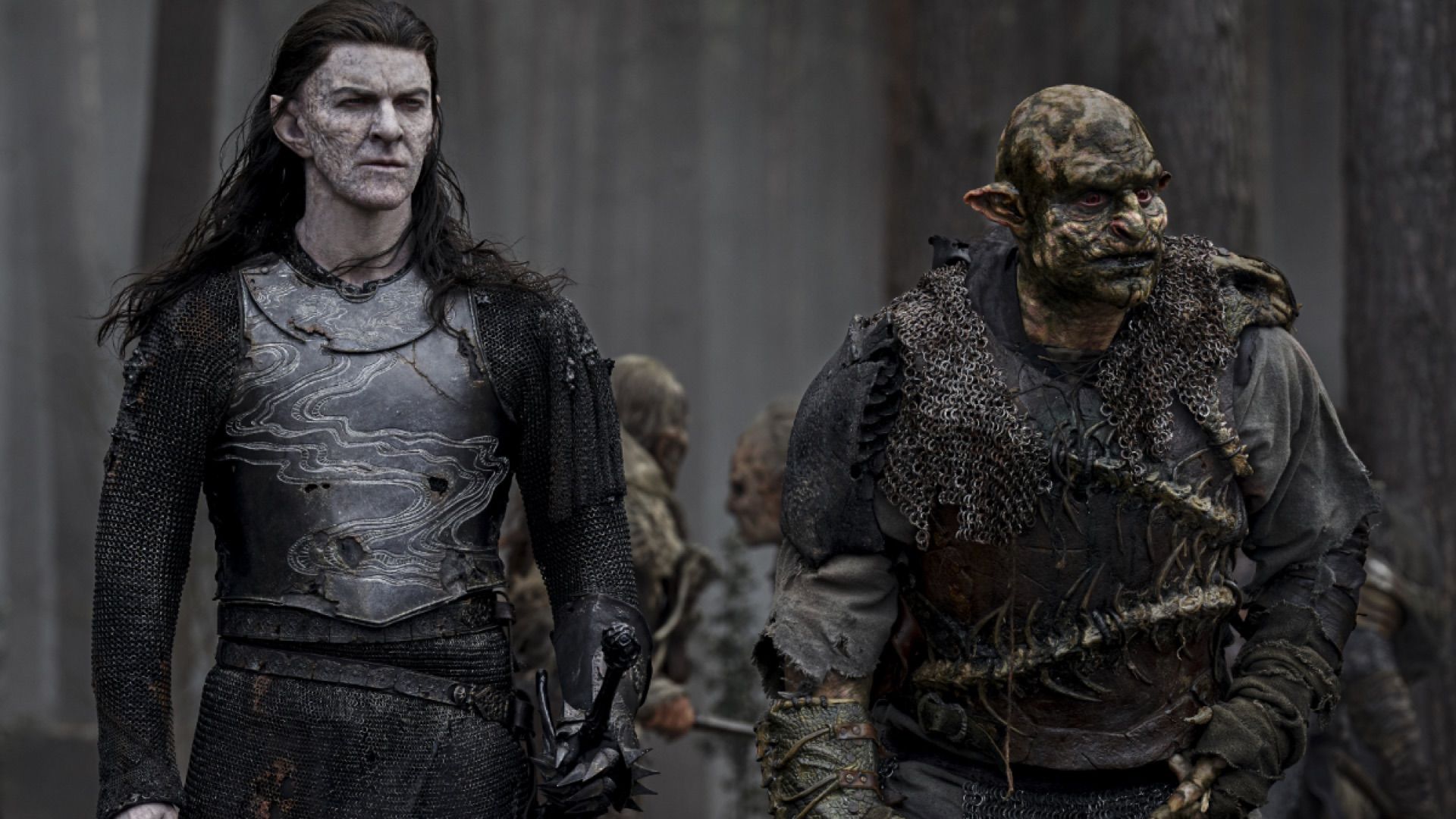
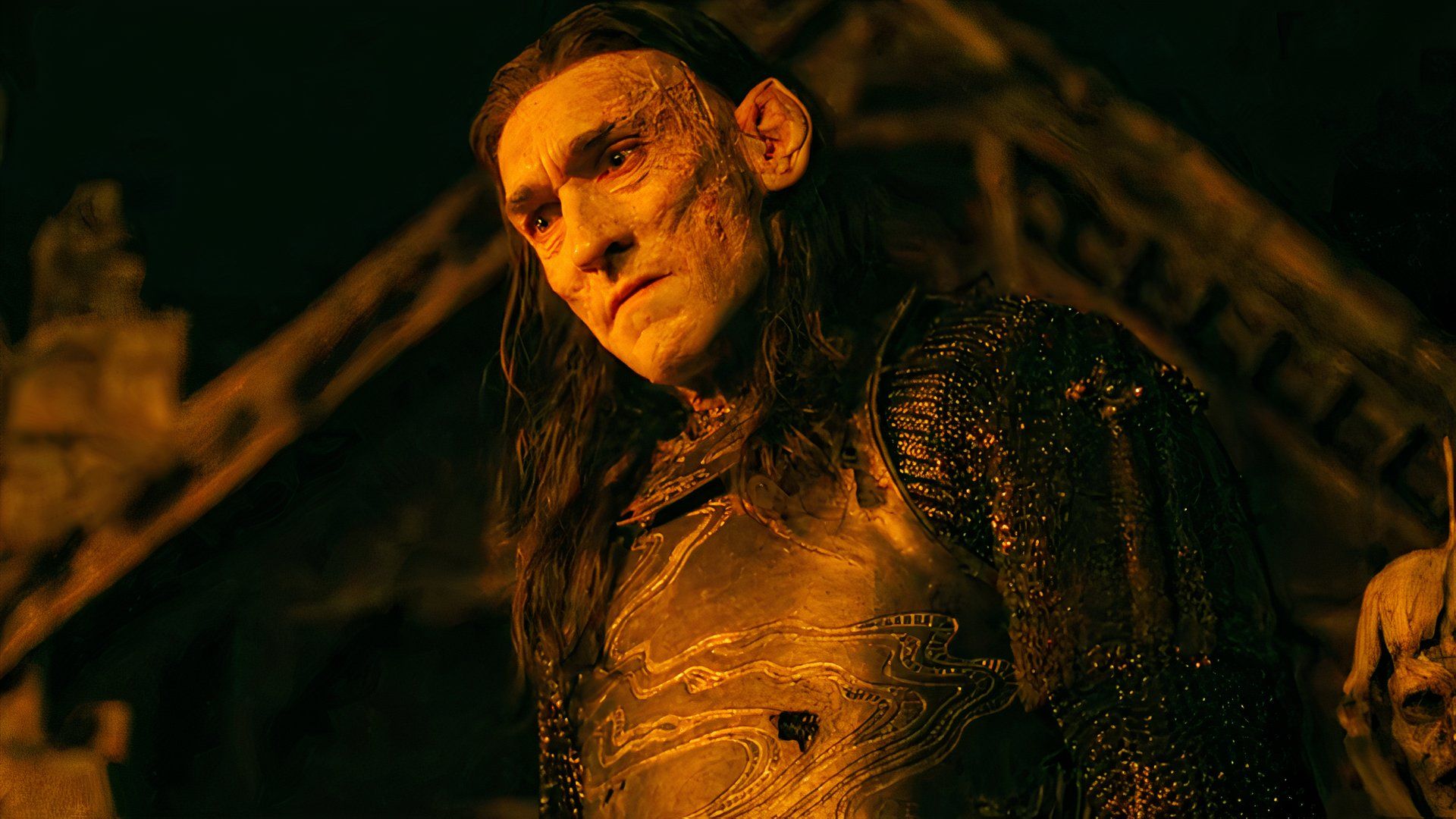



Contrary to popular belief, the Orcs in The Rings of Power are much more compassionate, often displaying a strong reason for waging war on the inhabitants of Middle-earth. In contrast, both the Lord of the Rings and Hobbit trilogies have established that Orcs are driven by hatred and a desire for destruction, with no ulterior motive other than following and serving their masters. Furthermore, in Tolkien’s legendarium, Orcs are characterized as corrupted beings created by Morgoth, solely to be used as tools of war. However, one of the most recent episodes of The Rings of Power Season 2 contradicts the franchise’s lore, as it often does.
In Episode 3, a high-ranking Orc tries to persuade Adar to avoid conflict with Sauron, wishing to remain in Mordor, where he can live in peace with his family and away from all the bloodshed. After Adar reminds him that as long as Sauron is alive, Orcs will never be free and at peace, the Orc approaches his partner and gives her a warm embrace. As if that wasn’t enough to stoke controversy, the creators additionally revealed an Orc infant cradled in the arms of the female Orc.
So far in the films, we’ve never seen a female Orc, much alone a newborn of the race, since Tolkien always embodied them as monstrous beings capable solely of violence. This scenario ultimately sent the wrong message to many viewers of the series, and when combined with many other changes introduced thus far, many began criticizing the writers for portraying Orcs as empathetic creatures. In other words, admirers of Tolkien’s writings argue that these changes are making the series an unfaithful adaptation, especially considering how lore is a significant factor in the overarching story.
Why the Concept of Orc Families Is Justifiable
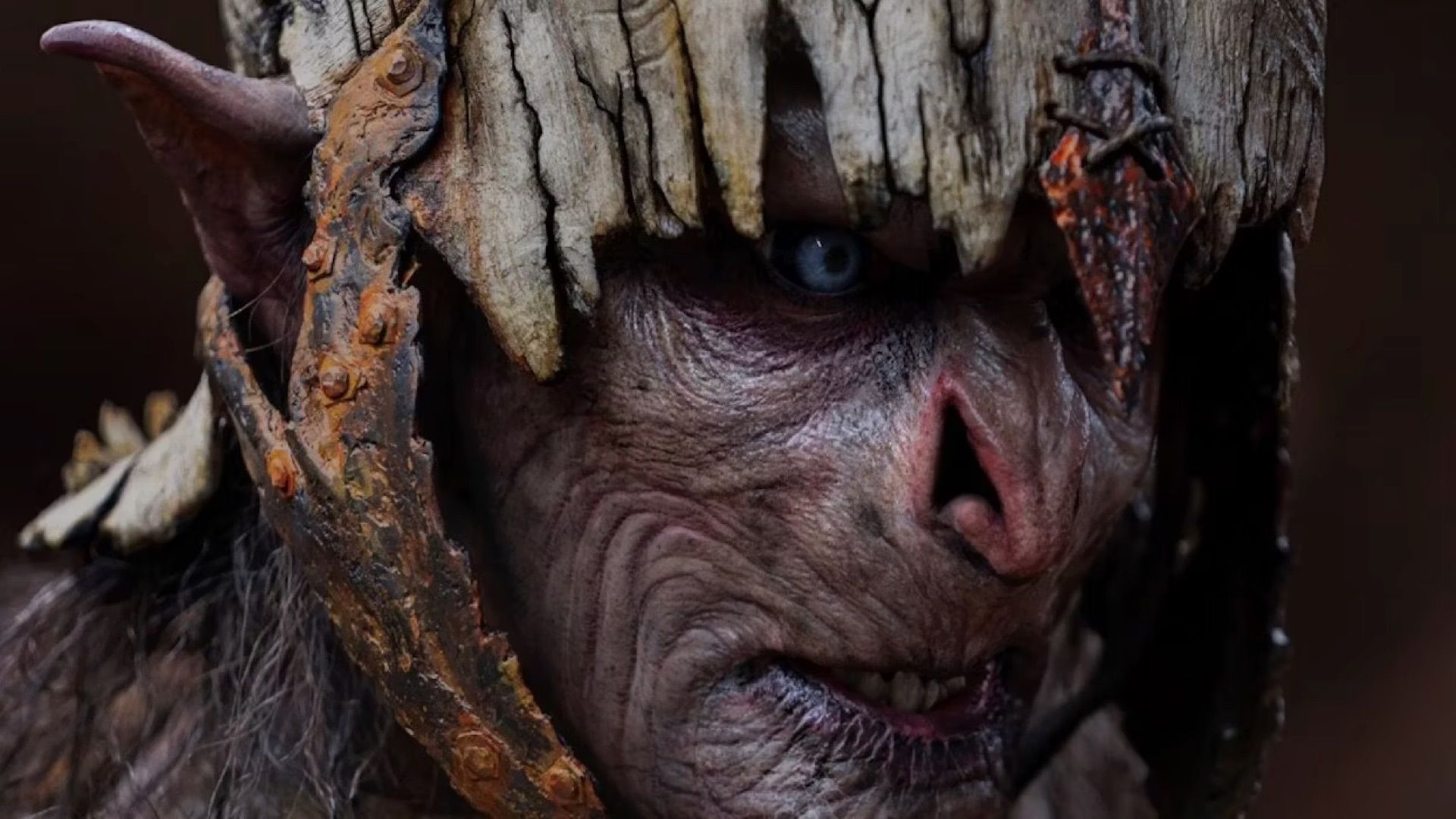
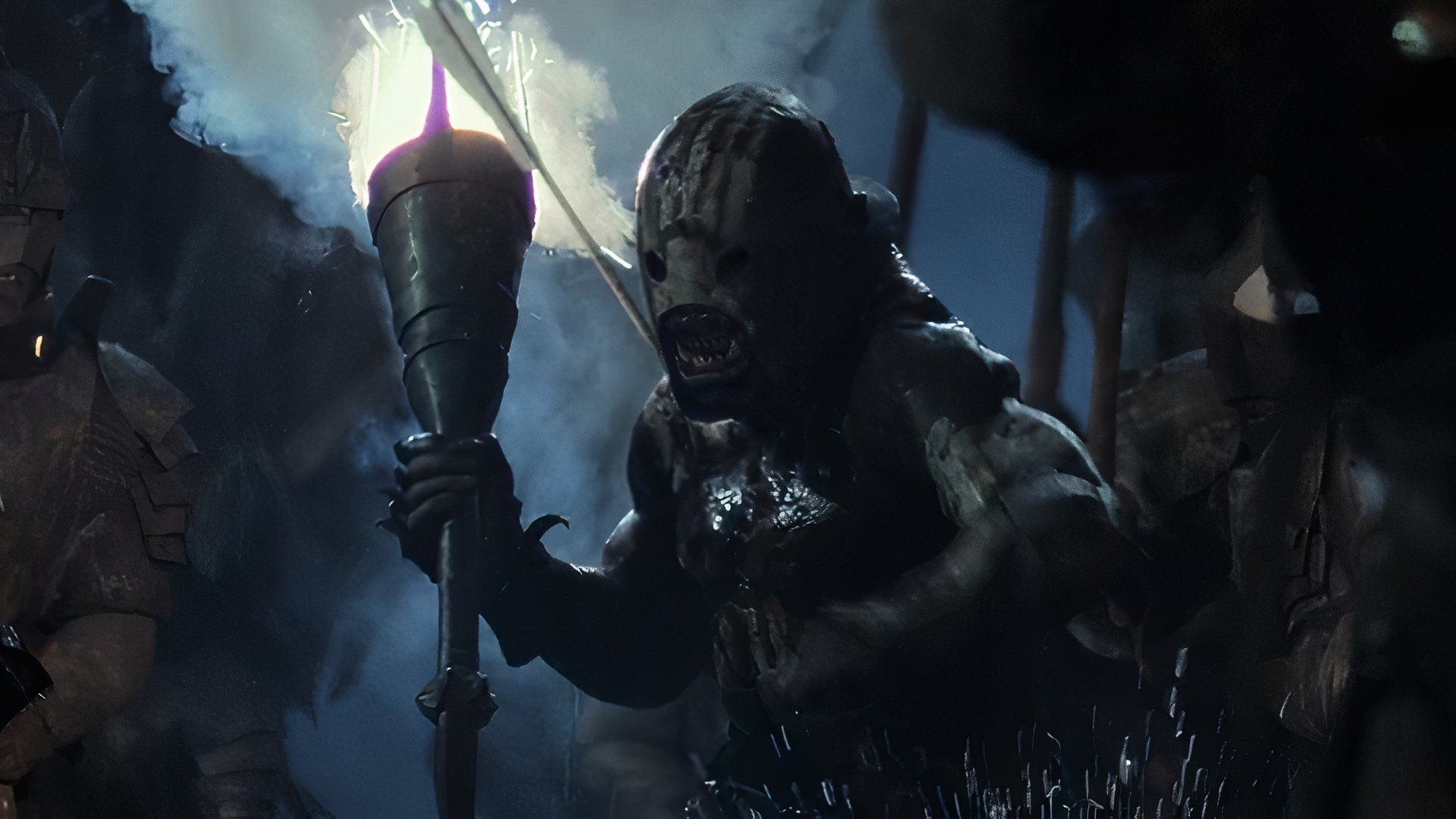
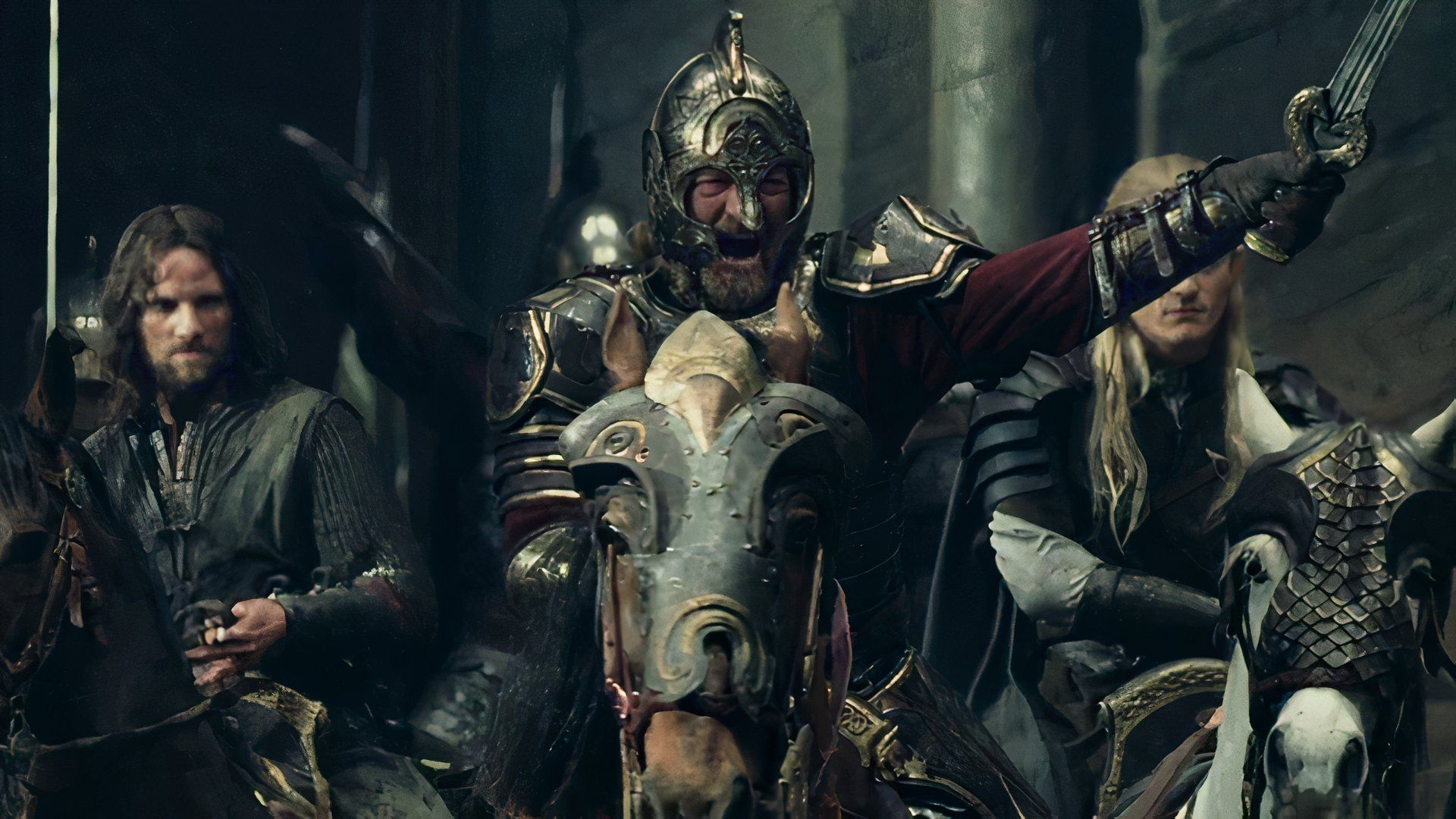



Although having an ulterior motive behind actions, whether good or evil, makes a show ten times more intriguing, in some cases, it’s the other way around. Throughout all the previous films in the saga, Orcs have been a nightmare for the people of Middle-earth, playing a crucial role in numerous wars, like the Battle of Helm’s Deep and the Battle of Five Armies.
In all instances, their cruelty has been unrelenting, often leading one to wonder if they are even capable of displaying an ounce of mercy to their enemies, which include women and children. However, Orcs from The Rings of Power have given us a different perspective, even if they may be more brutal at times than shown in the films. This is because they are trying to survive in this world and seeking a place to raise their families, far from the control of individuals like Sauron and the animosity of the Children of Iluvatar.
It certainly contradicts what Peter Jackson’s Lord of the Rings has depicted about an Orc’s intrinsic nature, but some of Tolkien’s works have claimed that Orcs are capable of familial relationships. In The Silmarillion, in the section titled “Of the Coming of the Elves and the Captivity of Melkor,” there is a brief passage that properly summarizes Tolkien’s view on sympathetic Orcs. He states:
“By slow arts of cruelty were corrupted and enslaved; and thus did Melkor breed the hideous race of the Orcs in envy and mockery of the Elves, of whom they were afterwards the bitterest foes. For the Orcs had life and multiplied after the manner of the Children of Iluvatar. And deep in their dark hearts the Orcs loathed the Master whom they served in fear, the maker only of their misery. This it may be was the vilest deed of Melkor and the most hateful to Iluvatar.”
The Silmarillion affirms that the Orcs served their masters out of fear and not out of reverence, as seen in The Rings of Power, where Adar treats the Orcs as if they were his children. Similarly, the principal depictions of the Orcs we saw in the first age were under the control of the Dark Lord Morgoth, whereas in the third age, they were controlled by Sauron. Since The Rings of Power is set in the second age, when the Orcs have been freed from Morgoth and have yet to serve under the vicious Sauron, it stands to reason that Orcs, too, can be sympathetic beings who live meaningful lives of their own volition. So, do you think the depiction of Orcs in The Rings of Power is justified?
The Rings of Power Season 2 is now streaming on Prime Video.
News
Gigi Hadid stuns opening Victoria’s Secret Fashion Show 2024 after six-year hiatus
Rocking the iconic angel wings, Gigi Hadid opened the 2024 Victoria’s Secret Fashion show as it made its triumphant return on Tuesday night. Airing live on Amazon’s Prime Video, the iconic runway show was held at the Victoria’s Secret flagship store in New York City after a…
Aussie actor reveals his shock transformation as he loses 26 kilograms to play a meth addict and shares confronting before and after images
An Australian actor has undergone an extreme body transformation and lost 26 kilograms to play a meth addict in his new film. Sam Corlett shared several confronting images to Instagram of his dramatic weight loss for his new film, He Ain’t Heavy….
10 Other Shows on Netflix Like Nobody Wants This
In the midst of controversial casting choices, cancelations, and an overall skepticism about the streaming giant’s impact on modern media, Netflix sensation Nobody Wants This is shaping up to be the series that changes current perceptions. When Joanne (Kristin Bell), an agnostic sex and…
‘Nobody Wants This’ creator says even her mum is now “threatening to convert” to Judaism following show’s success
Erin Foster based the hit Netflix show around her own conversion to Judaism The creator of Netflix hit Nobody Wants This has said that even her mum is “threatening to convert” to Judaism in light of the show’s success. All 10 episodes of the…
The #1 Netflix series in the US right now has a perfect 100% critics’ score
Image: Jackson Lee Davis/Netflix Not many Netflix series make it past the three-season mark anymore — and, truth be told, a second season is becoming increasingly hard to attain for many new series (case in point: Kaos, the Jeff Goldblum-led modern take…
‘Outer Banks’ Return Tops Netflix TV Ratings, ‘Nobody Wants This’ Stays Strong In Second Place
‘Outer Banks’Netflix Outer Banks returned with a bang. The YA mystery drama series returned for its fourth season on Netflix and immediately topped the streamer’s TV ratings charts. The first part of season four, which launched on October 10, drew 15.5M views. It comes…
End of content
No more pages to load
